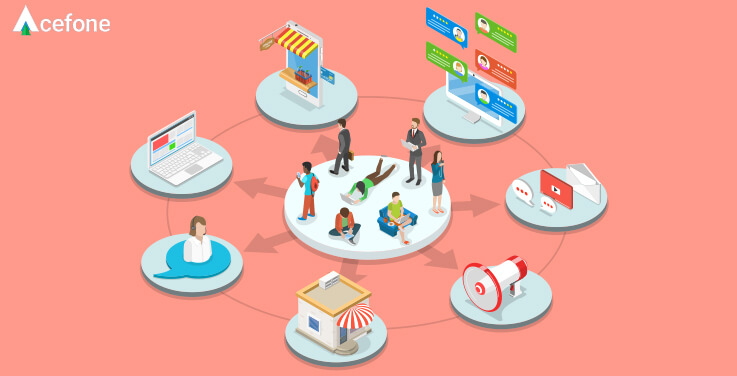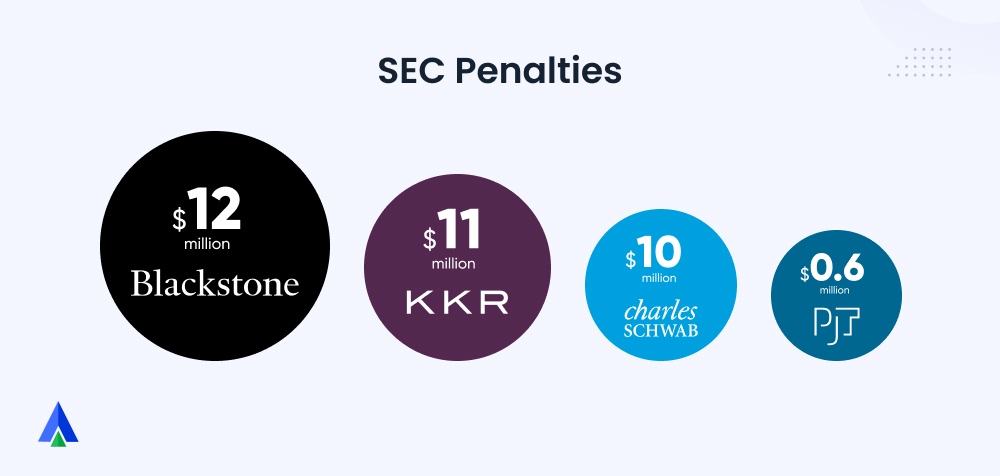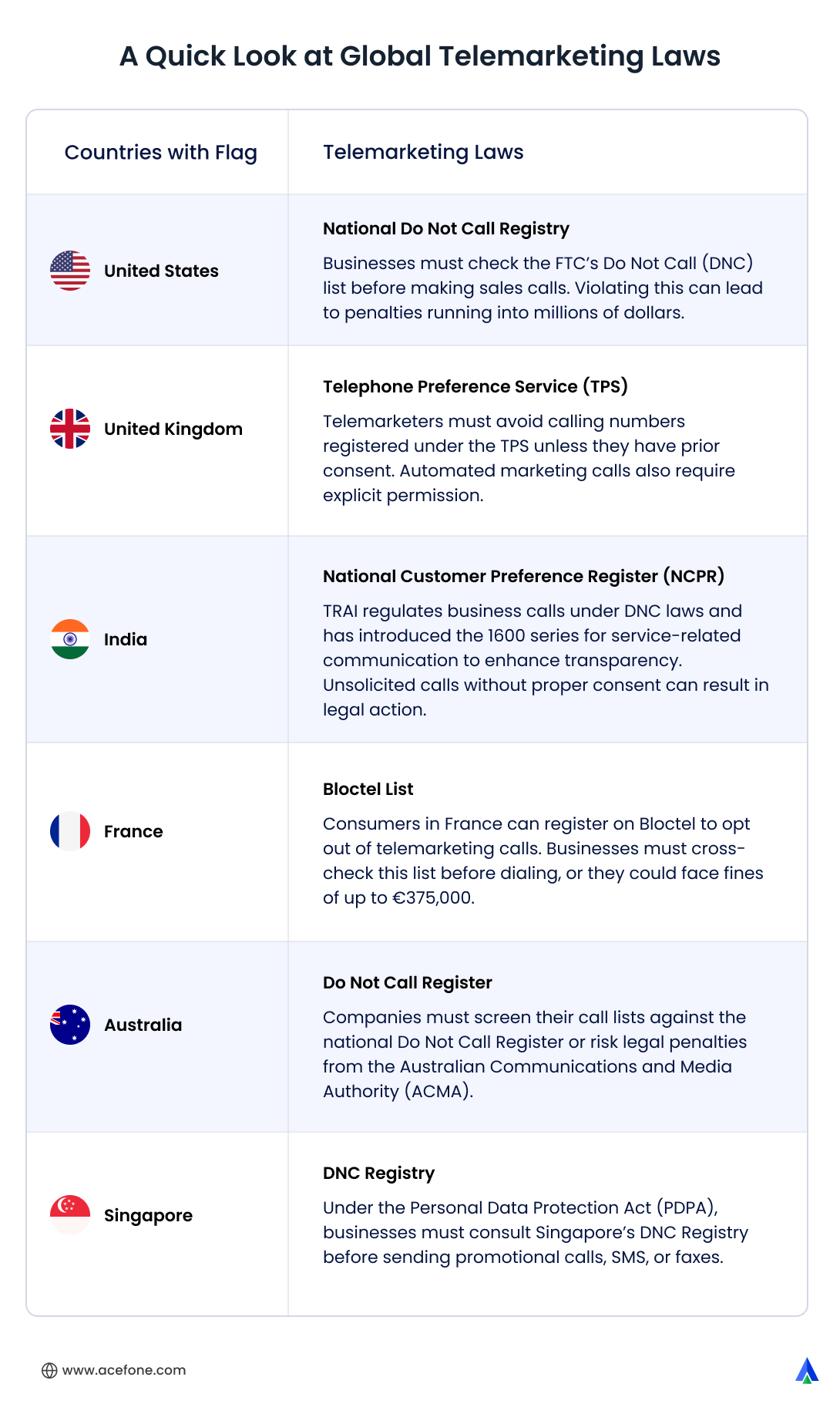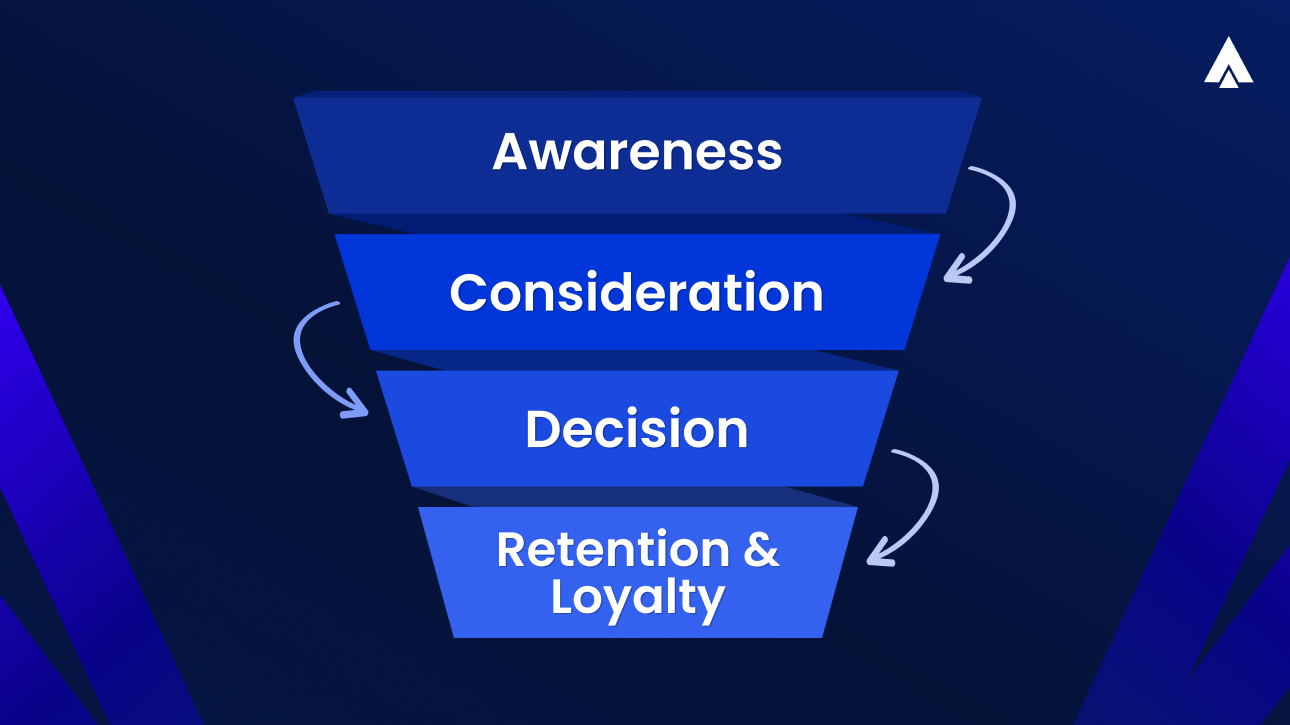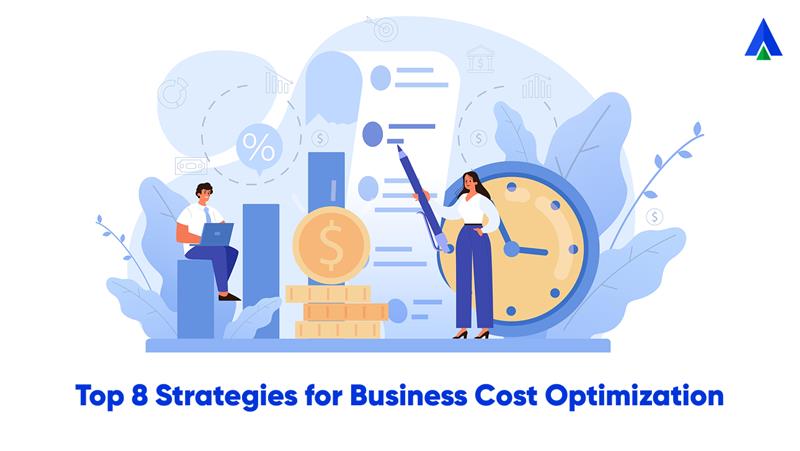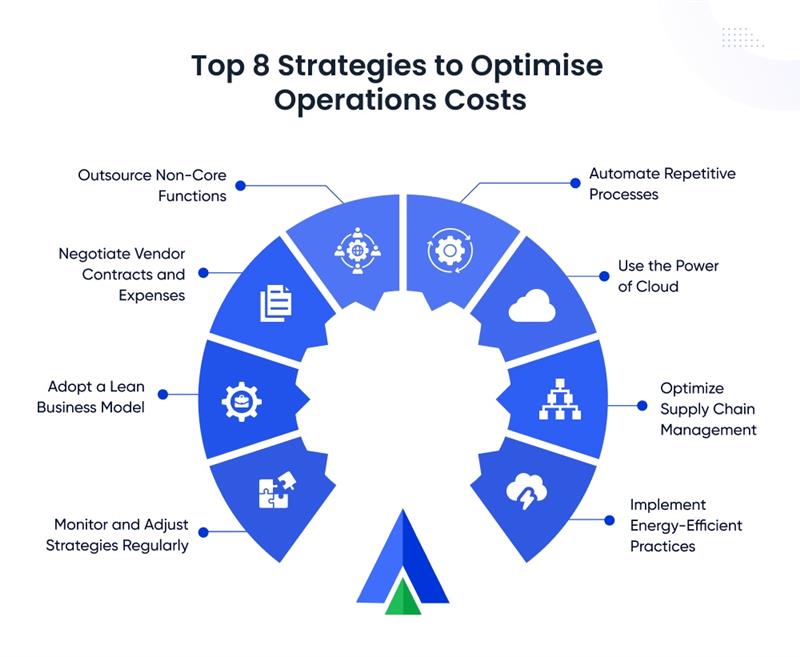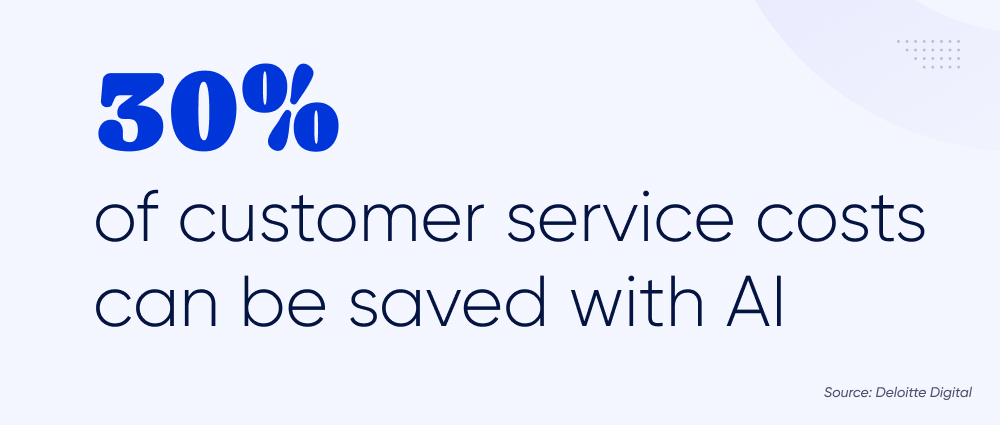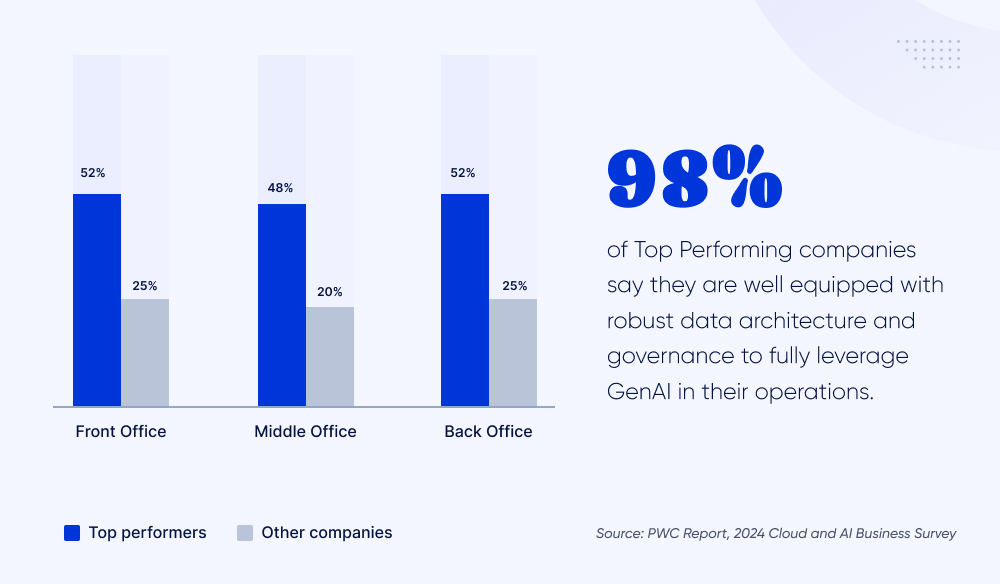Phone lines ringing continuously?
Representatives busy speaking with callers back-to-back and the call queue is piling up with waiting customers?
These lines read like a typical call center scenario.
To deal with such situations, you must ensure your team is equipped with the industry’s latest contact center solutions.
A hosted contact center solution that empowers your teams with advanced yet easy-to-use features and optimizes contact center operations.
Your contact center team is not just a representation of a query-handling department but also the primary point of contact for customers. Contact centers help you reach out to your target audience, understand their pain points, and fine-tune your products or services based on their requirements.
How can a hosted (cloud-based) contact center solution be any different?
Let’s find out.
What is a Hosted Contact Center?
A hosted contact center solution operates using cloud technology and is hosted on the cloud. You can access it anywhere on any registered device (desktops and smartphones). On the contrary, traditional contact centers have traditional phone systems and customer databases maintained on-premises.
Cloud-based contact center solution is set up and maintained off-premises by their respective contact center service providers. They are better than traditional contact centers as they provide centralized access to crucial information and are highly cost-effective.
How does a Hosted Contact Center Solution Work?
With hosted contact center software, you don’t need to worry about managing complex hardware or software systems. Instead, you rent access to a secure cloud-based platform provided by a third-party vendor who takes care of the heavy lifting.
Here’s what’s included:
Infrastructure:
Your provider handles all the essential infrastructure—servers, storage, networking gear, and other resources—hosted in secure data centers or cloud platforms. You don’t have to invest in or maintain any of it yourself.
Agents:
You hire a team of experts who connect with your customers via phone, email, chat, or social media. They access the hosted system through a web interface or dedicated app provided by your service provider.
Routing:
Customer queries are automatically routed to the right agent based on rules you set—like skill level, working hours, or location. The hosted software handles the logic, ensuring your customers are always directed to the best-fit agent.
Applications:
Your team uses browser-based tools that give them access to phone controls, CRM integrations, chat interfaces, analytics dashboards, and reports—all in one place.
Administration:
You don’t need to worry about maintenance or updates. Your provider manages everything behind the scenes. You get easy-to-use web portals to control agent settings, call flows, and performance reporting.
Scalability:
As your call volume changes, you can easily scale up or down. You only pay for what you use, which keeps your costs predictable and under control.
Disaster Recovery:
Because the infrastructure is hosted across multiple locations in the cloud, your operations remain protected and uninterrupted—even if something goes wrong locally.
In essence, hosted contact center software gives you a flexible, cost-effective way to deliver great customer experiences—without the hassle of managing the tech yourself.
Hosted Contact Center vs Hosted Call Center: What’s the Difference?
At first glance, hosted call centers and contact centers might seem interchangeable. They both help you manage customer interactions without the burden of on-premises infrastructure. But in reality, they serve different communication needs and offer different levels of service.
| Feature | Hosted Call Center | Hosted Contact Center |
| Communication Channels | Voice only | Voice, email, chat, SMS, social media |
| Technology | Cloud PBX call center setup | Omnichannel platform hosted in the cloud |
| Ideal For | Voice-centric support and sales teams | Businesses offering multi-channel support |
| Key Services | Call routing, IVR, voicemail, recordings | Omnichannel routing, CRM integrations, analytics |
| Hosted Call Center Pricing | Generally lower | Higher, but offers greater value |
| Scalability & Flexibility | Moderate | High |
| Reporting & Insights | Basic call metrics | Advanced, cross-channel analytics |
| Hosted Provider Role | Manages cloud telephony infrastructure | Manages full communication suite |
Hosted Call Center
A hosted call center is primarily voice focused. It allows your agents to make and receive calls using VoIP systems hosted by a third-party provider. With hosted call center services, you get access to cloud-based telephony infrastructure, often powered by a Cloud PBX call center system. This means your voice communication setup is managed over the internet, without any need for on-site PBX hardware.
You’ll typically get features like:
- Call routing and queuing
- Voicemail and call recording
- IVR (Interactive Voice Response)
- Basic analytics and reports
- Integration with phone-based CRM systems
Hosted Contact Center
A contact center solution goes beyond voice. It supports omnichannel communication, allowing your agents to interact with customers via phone, email, live chat, SMS, and even social media. All from a single platform.
With hosted contact center services, you can:
- Centralize all customer interactions in one place
- Route queries intelligently across channels
- Offer consistent experiences, regardless of how customers reach out
- Gain deeper insights through advanced reporting and sentiment analysis
- Integrate seamlessly with CRMs, helpdesks, and ticketing systems
Due to its broader capabilities, a business contact center is best suited for businesses that want to deliver high-quality, omnichannel customer support.
7 Must-have Features for Hosted Contact Centers
Having a cloud contact center solution itself will not guarantee your success in the long run. You must ensure your team has a business contact center service with the latest and crucial features. We have consolidated a list of some of the features your cloud contact center solution must have to leverage from and keep you ahead of the competition.
Interactive Voice Response (IVR)
Interactive Voice Responses (IVR) systems greet your callers with preprogrammed greetings. You can tailor these greetings to your audience preferences, as they will be your business’s first customer interaction point.
IVR systems help callers select their service type by punching designated numbers from the in-call menu. The caller is then automatically directed to the corresponding department, saving the agent and the caller’s time.
Furthermore, contact center service providers customize and develop hosted IVR solutions to handle basic customer queries. For instance, callers who need to connect with a particular department can call the helpline number on your website, and the IVR can guide them there.
Consequently, the customer needn’t wait to speak to an agent and get their query resolved in a shorter time. It also helps agents focus on more prominent and pressing concerns needing expertise.
Automatic Call Distribution (ACD)
The ACD helps route customer calls efficiently to the available contact center agents. The Automatic call distribution system in a cloud contact center solution enables you to route calls based on set criteria to meet your ongoing campaign and customer requirements.
A cloud contact center solution also allows you to modify the call distribution per your evolving requirements. Some distribution criteria are based on performance, location, and idle time.
ACD systems also contribute significantly to the cost reduction of the hosted contact center’s operations. Experts recommend that implementing an ACD system can reduce the cost of call transferring involved in resolving customer queries. That makes ACD systems a crucial factor for businesses when choosing contact center service providers.
Skill-Based routing
Contact center agents are categorized based on skills, demographics, speaking capabilities, and expertise. Every time a caller connects to your business contact center, the IVR prompts a set of questions to understand their requirement. The cloud contact center solution then directs the call to the appropriate agent, creating a smooth customer experience. In sectors like healthcare, skill-based routing can be complemented by robust healthcare identity verification systems to ensure patients are routed securely to the right specialists. This approach helps improve the first-call resolution rate, boost customer satisfaction, and eliminate the possibility of wasting both customers’ and agents’ time.
Call Recording
A hosted contact center can consist of several agents who may differ widely based on their availability and specific skills. Despite their unique skill sets and differences, agents must aim to resolve customer queries as quick as possible, while providing relevant solutions and meeting industry standards.
Cloud contact center solutions come with multiple call recording capabilities to ensure that agents deliver on time. The feature records call in real-time and can be used to review an agent’s performance. It helps locate bottlenecks in agent-customer interactions and identify those who need training to improve their performance.
Call Tracking & Monitoring
Tracking and monitoring your contact center’s performance is as crucial as setting one up. Issues may arise at any time and require immediate attention. Agents may miss calls or repeatedly fail to satisfy customers. Call tracking and monitoring help you identify such scenarios and determine a workaround for future operations.
Moreover, call tracking & monitoring helps you recognize technical glitches at the right time. You can monitor calls for repeated issues, identifying and rectifying the issue’s origin. Also, cloud contact center solutions with tracking & monitoring features enable you to gauge individual agent performance.
CRM Integrations
Access to relevant information is crucial to your hosted contact center’s success. Providing your agents with vital customer information enables them to resolve issues faster and with more relevant resolutions.
Many contact center providers offer integration with popular CRM platforms. Here are some of the platforms that Acefone offers you and are identified as the most popular Contact Center CRM Integrations of 2024 by PCMag—
CRM integration helps contact center agents offer relevant solutions, save time, and obtain the correct information for a better customer experience.
Real-Time Analytical Reports
Deriving reports from data is as important as generating them. Empowering your business contact center agents with insightful analytical reports helps you monitor varying call volume, new/ returning callers, and traffic from different locations. These metrics help you make essential staffing decisions, schedule agents, and gauge the performance of your contact center.
You can also recognize issues related to specific demographics, time zones, etc., and work towards rectifying them. Furthermore, a cloud contact center solution allows managers and supervisors to access reports from multiple locations in one place.
Getting a hosted contact center solution for your business
Cloud contact center solutions have become the norm. With customer needs increasing over time, you must scale your contact center’s capabilities to stay ahead of the trends and competitors. Cloud contact center solutions enable you to be flexible and equip your agents with tools to deliver seamless customer experience.
If you’re searching for a contact center solution that allows you to carry out all the above-mentioned responsibilities at a cost-effective rate, feel free to get in touch with our experts.
FAQs
To set up a cloud contact center of your own, you must define your communication channels (voice, chat, email) and choose a service that integrates them together. Then recruit and train your team to deal with customer queries. Contact center experience is all about how your customers feel when they interact with your customer service teams. This includes everything from calling in to using a chat service or social media. It’s a key part of your overall customer experience and can impact aspects such as loyalty, retention, and future purchases. Cloud contact centers and cloud contact centers, both offer a way to handle customer interactions without on-site infrastructure. However there’s a key difference: Cloud contact centers are truly web-based, with all software and resources stored in the cloud. This allows for high scalability and flexibility, accessible from anywhere with an internet connection. Cloud contact centers rely on a physical server at the provider’s location. While it frees you from managing on-site hardware, it’s less scalable and adaptable than a cloud solution. Cloud contact centers offer major advantages such as effortless scaling, saving you money on hardware and IT. Moreover, you get automatic updates and access to the latest features, keeping your customer service experience top-notch. A cloud hosted phone system, also called a hosted PBX, ditches traditional phone lines for the internet. It allows making calls and using business phone features through the internet instead of bulky and obsolete equipment. It is cost effective, offers scalability, and lets you manage calls from anywhere with an internet connection. No, hosted call center pricing typically covers only voice-based services, such as inbound and outbound calling, IVR, call routing, and voicemail. Features like chat, email, and social media support are usually part of a contact center solution like Acefone.






